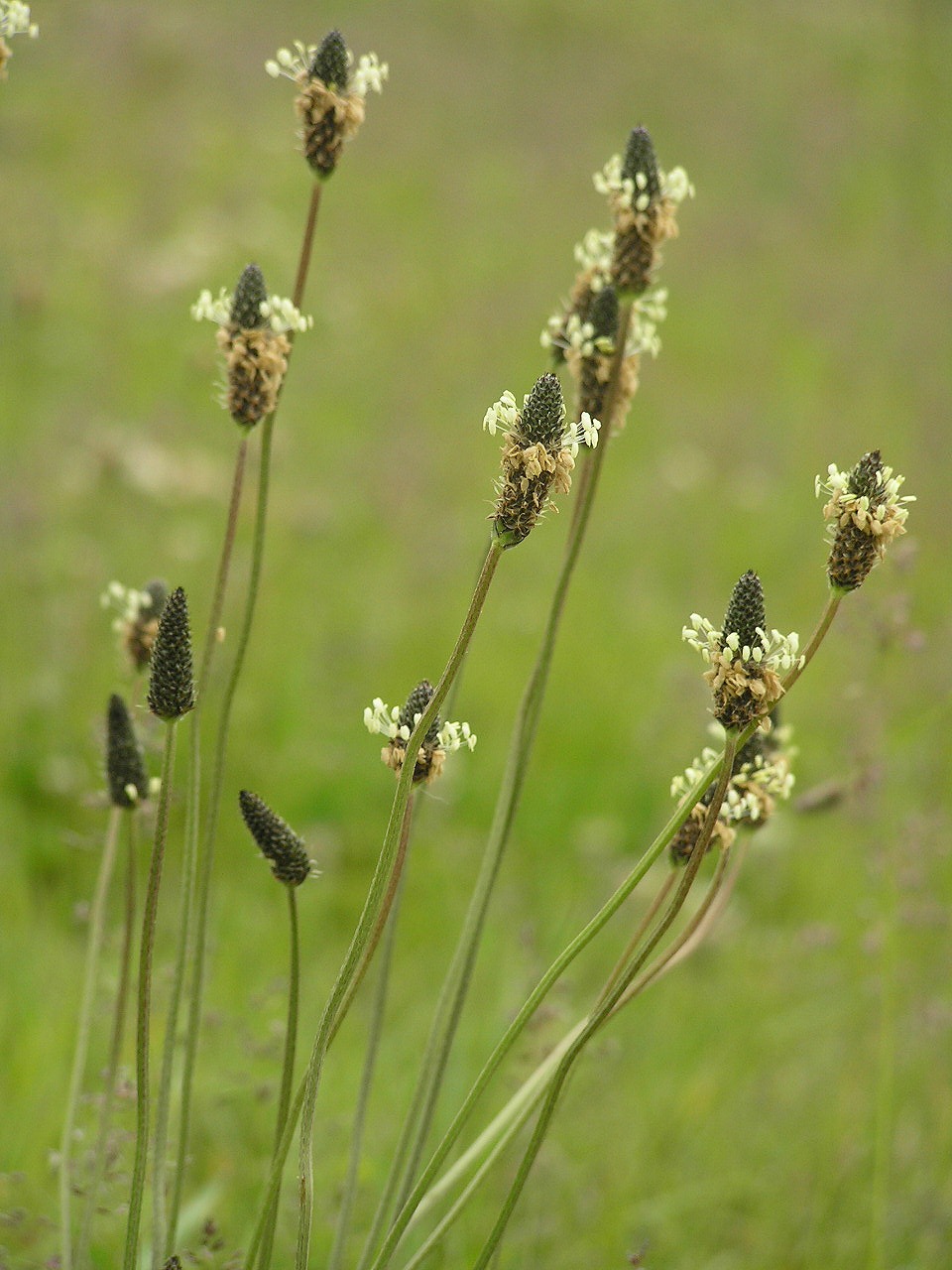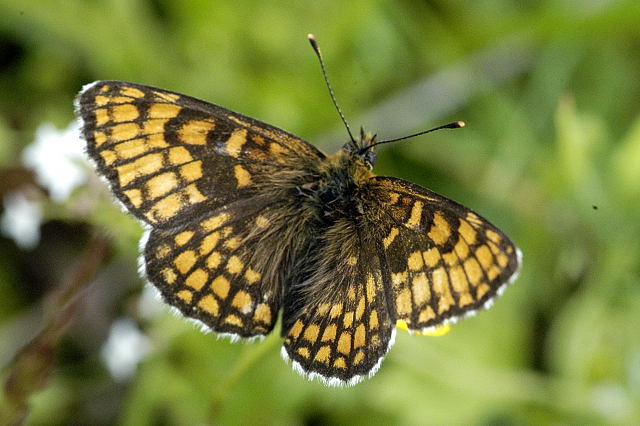|
False Heath Fritillary
''Melitaea diamina'', the false heath fritillary, is a butterfly of the family Nymphalidae. Subspecies Subspecies include: * ''Melitaea diamina alpestris'' Fruhstorfer, 1917 * ''Melitaea diamina badukensis'' Alberti, 1969 (Caucasus) * ''Melitaea diamina codinai'' Sagarra, 1932 (Spain) * ''Melitaea diamina diamina'' (Lang, 1789) * ''Melitaea diamina erycina'' (Lederer, 1853) (Altai) * ''Melitaea diamina erycinides'' Staudinger, 1892 * ''Melitaea diamina hebe'' (Borkhausen, 1793) * ''Melitaea diamina vernetensis'' Rondou, 1902 Distribution and habitat This species is widespread in central and southern Europe (from northern Spain, southern and eastern France, Italy and eastwards into southern Scandinavia and Bulgaria), southern Siberia, north-eastern China, southern Ussuri, Korea and Japan. [...More Info...] [...Related Items...] OR: [Wikipedia] [Google] [Baidu] |
Heinrich Gottlob Lang
Heinrich Gottlob Lang (1739, Dresden - 1809, Augsberg ) was a German entomologist who specialised in Lepidoptera. He was an artist illustrating books on natural history, naturalist and natural history collector, notably of mineral In geology and mineralogy, a mineral or mineral species is, broadly speaking, a solid chemical compound with a fairly well-defined chemical composition and a specific crystal structure that occurs naturally in pure form.John P. Rafferty, ed. ( ...s. He wrote ''Verzeichniss seiner Schmetterlinge, in den Gegenden um Augsburg gesammelt und nach dem Wiener systematischen Verzeichniss eingetheilt : mit den Linneischen, auch deutschen und französischen Namen, und Anführung derjenigen Werke, worinn sie mit Farben abgebildet sind'' Zweyte, verbesserte und stark vermehrte Auflage. - pp. I-XXVIII 1-28 1–226, Augsburg. (Klettpdfpublished by Maria Jakobina Klett (1709-1795) in which he describes '' Melitaea diamina''. Maria Jakobina Klett was own ... [...More Info...] [...Related Items...] OR: [Wikipedia] [Google] [Baidu] |
Melitaea Aurelia
''Melitaea aurelia'', or Nickerl's fritillary, is a butterfly of the family Nymphalidae. It is found in central Europe. Description The wingspan is 28–32 mm. Dark russet-brown, so strongly marked with black that the ground-colour is reduced in the female to very small spots. On the whole similar to ''Melitaea athalia'', but smaller, with the black markings deeper in tint and heavier, the ground-colour darker, more brownish; beneath the marginal line before the fringes is absent or but very indistinct. The species is recognizable by the palpi bearing foxy red hairs, while the palpi of ''athalia'' are whitish, being occasionally somewhat reddish yellow and then only at the base. Seitz. A. in Seitz, A. ed. Band 1: Abt. 1, ''Die Großschmetterlinge des palaearktischen Faunengebietes, Die palaearktischen Tagfalter'', 1909, 379 Seiten, mit 89 kolorierten Tafeln (3470 Figuren) Melitaea aurelia MHNT CUT 2013 3 28 Pont Gerendoine dorsal.jpg, Male Melitaea aurelia MHNT CUT 2013 ... [...More Info...] [...Related Items...] OR: [Wikipedia] [Google] [Baidu] |
Melampyrum Nemorosum
''Melampyrum nemorosum'' is an herbaceous plant, herbaceous flowering plant in the family Orobanchaceae. It is native to Europe. In Sweden it is called ''natt och dag''. (''Night and Day'')''Melampyrum nemorosum''. Invasive Species Compendium. CABI. In Russia it is called ''Ivan-da-Marya''. (''Ivan (name), Ivan and Maria (given name), Maria'') a Christianisation of the traditional Slavic Kostroma (deity), Kupalo-da-Mavka (Kupalo-and-Mavka). This is an annual plant. The new leaves are blue, turning green as they mature. They are usually toothed at the bases. This plant is a host to the Rust (fungus), rust fungus ''Coleosporium melampyri'' Peter Zwetko: [...More Info...] [...Related Items...] OR: [Wikipedia] [Google] [Baidu] |
Melampyrum Pratense
''Melampyrum pratense'', the common cow-wheat, is a plant species in the family Orobanchaceae. The seed of the plant has an elaiosome, which is attractive to wood ants (''Formica'' spp.). The ants disperse the seeds of the plant when they take them back to their nests to feed their young. The plant is an ancient woodland indicator, as the ants rarely carry the seeds more than a few yards, seldom crossing a field to go to a new woodland. The Latin specific epithet ''pratense'' means "of meadows". ''Melampyrum pratense'' is a food plant of the caterpillars of the heath fritillary (''Melitaea athalia''), a butterfly. UK Butterflies. Accessed 22 June 2013. ''Melampyrum pratense'' herb has been used in traditional Austrian medicine internally as tea or externally as pillo ... [...More Info...] [...Related Items...] OR: [Wikipedia] [Google] [Baidu] |
Plantago Lanceolata
''Plantago lanceolata'' is a species of flowering plant in the plantain family Plantaginaceae. It is known by the common names ribwort plantain, narrowleaf plantain, English plantain, ribleaf, lamb's tongue, and buckhorn. It is a common weed on cultivated or disturbed land. Description The plant is a rosette-forming perennial herb, with leafless, silky, hairy flower stems (). The basal leaves are lanceolate spreading or erect, scarcely toothed with 3-5 strong parallel veins narrowed to a short petiole. The flower stalk is deeply furrowed, ending in an ovoid inflorescence of many small flowers each with a pointed bract. Each inflorescence can produce up to two hundred seeds. Flowers are ( calyx green, corolla brownish), 4 bent back lobes with brown midribs and long white stamens. It is native to temperate Eurasia, widespread throughout the British Isles, but scarce on the most acidic soils ( pH < 4.5). It is present and widespread in the Americas and Australia as an |
Veronica Chamaedrys
''Veronica chamaedrys'', the germander speedwell, bird's-eye speedwell, or cat's eyes, is a herbaceous perennial species of flowering plant in the plantain family Plantaginaceae. Description ''Veronica chamaedrys'' can grow to tall, but is frequently shorter, with stems that are hairy only along two opposite sides. The leaves are in opposite pairs, triangular and crenate, sessile or with short petioles. The flowers are deep blue with a zygomorphic (bilaterally symmetrical) four-lobed corolla, wide. The capsules are wider than they are long. The blossoms of this plant wilt very quickly upon picking, which has given it the ironic name "Männertreu", or "men's faithfulness" in German. ''Veronica chamaedrys'' is a common, hardy turf so-called weed when it invades turf and lawns. It creeps along the ground, spreading by sending down roots at the stem nodes. It is propagated both by seed and stem fragments. Leaves may defoliate in the summer and winter but the stems will grow agai ... [...More Info...] [...Related Items...] OR: [Wikipedia] [Google] [Baidu] |
Filipendula Ulmaria
''Filipendula ulmaria'', commonly known as meadowsweet or mead wort, is a perennial herbaceous plant in the family Rosaceae that grows in damp meadows. It is native throughout most of Europe and Western Asia (Near east and Middle east). It has been introduced and naturalised in North America. Meadowsweet has also been referred to as queen of the meadow, pride of the meadow, meadow-wort, meadow queen, lady of the meadow, dollof, meadsweet, and bridewort. Description The stems, growing up to 120 cm, are tall, erect and furrowed, reddish to sometimes purple. The leaves are dark-green on the upper side and whitish and downy underneath, much divided, interruptedly pinnate, having a few large serrate leaflets and small intermediate ones. Terminal leaflets are large, 4–8 cm long, and three- to five-lobed. Meadowsweet has delicate, graceful, creamy-white flowers clustered close together in irregularly-branched cymes, having a very strong, sweet smell redolent of antisep ... [...More Info...] [...Related Items...] OR: [Wikipedia] [Google] [Baidu] |
Valeriana Wallrothii
''Valeriana'' is a genus of flowering plants in the family Caprifoliaceae, members of which may by commonly known as valerians. It contains many species, including the garden valerian, ''Valeriana officinalis''. Species are native to all continents except Antarctica, with centers of diversity in Eurasia and South America (especially in the Andes). Fossil record Fossil seeds of ''Valeriana sp,'' among them †''Valeriana pliocenica'', have been recovered from Late Miocene deposits of southern Ukraine, from Pliocene deposits of south-eastern Belarus and Bashkortostan in central Russia. The fossil seeds are most similar to the extant European ''Valeriana simplicifolia''. Species , Plants of the World Online accepts over 420 species and hybrids, including: *''Valeriana alypifolia'' *''Valeriana aretioides'' *''Valeriana asterothrix'' *''Valeriana bertiscea'' *''Valeriana buxifolia'' *''Valeriana californica'' *''Valeriana celtica'' (Alpine valerian or valerian spikenard) *''Valeria ... [...More Info...] [...Related Items...] OR: [Wikipedia] [Google] [Baidu] |
Valeriana Dioica
''Valeriana dioica'', the marsh valerian, is a species of flowering plant in the genus ''Valeriana ''Valeriana'' is a genus of flowering plants in the family Caprifoliaceae, members of which may by commonly known as valerians. It contains many species, including the garden valerian, ''Valeriana officinalis''. Species are native to all continen ...'', native to Europe and Anatolia. It is typically found in calcareous fens. It is a dioecious species, with male and female flowers on separate individuals, and it is pollinated by small flies. Varieties The following varieties are currently accepted: *''Valeriana dioica'' var. ''dioica'' *''Valeriana dioica'' var. ''sylvatica'' S.Watson – northern North America References dioica Dioecious plants Flora of Europe Flora of Turkey Taxa named by Carl Linnaeus Plants described in 1753 {{Dipsacales-stub ... [...More Info...] [...Related Items...] OR: [Wikipedia] [Google] [Baidu] |
Valeriana Sambucifolia
''Valeriana sambucifolia'' is a species of flowering plant belonging to the family Caprifoliaceae The Caprifoliaceae or honeysuckle family is a clade of dicotyledonous flowering plants consisting of about 860 species, in 33, to 42 genera, with a nearly cosmopolitan distribution. Centres of diversity are found in eastern North America and ea .... Synonyms: * ''Valeriana murmanica'' Orlova * ''Valeriana officinalis'' var. ''nitida'' * ''Valeriana pleijelii'' Kreyer * ''Valeriana procurrens'' subsp. ''salina'' Á.Löve & D.Löve Subspecies: * ''Valeriana sambucifolia'' subsp. ''salina'' (synonym ''Valeriana salina'' Pleijel) References {{Taxonbar, from=Q162505 sambucifolia ... [...More Info...] [...Related Items...] OR: [Wikipedia] [Google] [Baidu] |
Valeriana Officinalis
Valerian (''Valeriana officinalis'', Caprifoliaceae) is a perennial flowering plant native to Europe and Asia. In the summer when the mature plant may have a height of , it bears sweetly scented pink or white flowers that attract many fly species, especially hoverflies of the genus ''Eristalis''. It is consumed as food by the larvae of some Lepidoptera (butterfly and moth) species, including the grey pug. Crude extract of valerian root may have sedative and anxiolytic effects, and is commonly sold in dietary supplement capsules to promote sleep, but there is insufficient clinical evidence that it is effective for this purpose. Its roots and leaves cause a catnip-like response in cats. History Valerian has been used as a herb in traditional medicine since at least the time of ancient Greece and Rome. Hippocrates described its properties, and Galen later prescribed it as a remedy for insomnia. In medieval Sweden, it was sometimes placed in the wedding clothes of the groom to war ... [...More Info...] [...Related Items...] OR: [Wikipedia] [Google] [Baidu] |
Melitaea Athalia
The heath fritillary (''Melitaea athalia'') is a butterfly of the family Nymphalidae. It is found throughout the Palaearctic from western Europe to Japan, in heathland, grassland, and in coppiced woodland. Its association with coppiced woodland earned it the name "woodman's follower" in parts of the UK. It is considered a threatened species in the UK and Germany, but not Europe-wide or globally. Description Heath fritillaries have a wingspan of 39–47 mm. The upperside is predominantly dark brown and orange brown, with the orange-brown spots delineated by dark brown (along and across the wing veins); there is a white fringe to the wings through which the dark brown extends. The upperside of the body is a similar dark brown to the colour on the wing, and the base of both wings is dark brown. The underside shows bands of red and (off-)white, again with each vein dark brown and each colour delineated by dark brown. The pattern of white spots at the base of the hindwing (vi ... [...More Info...] [...Related Items...] OR: [Wikipedia] [Google] [Baidu] |



